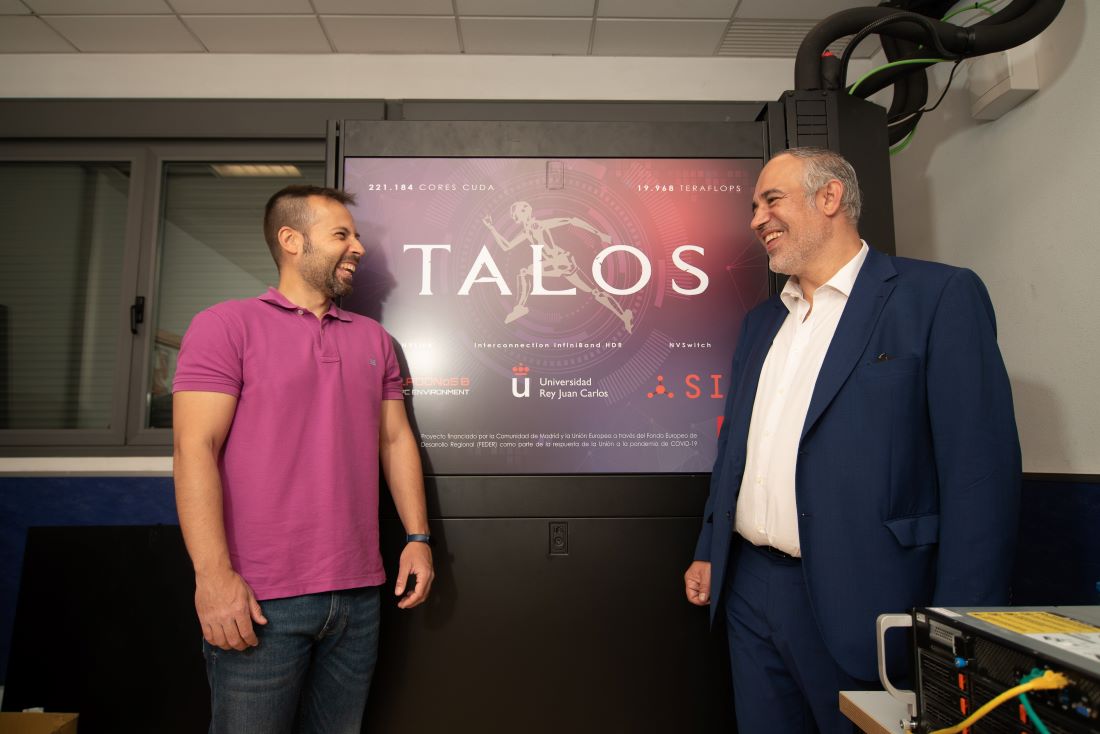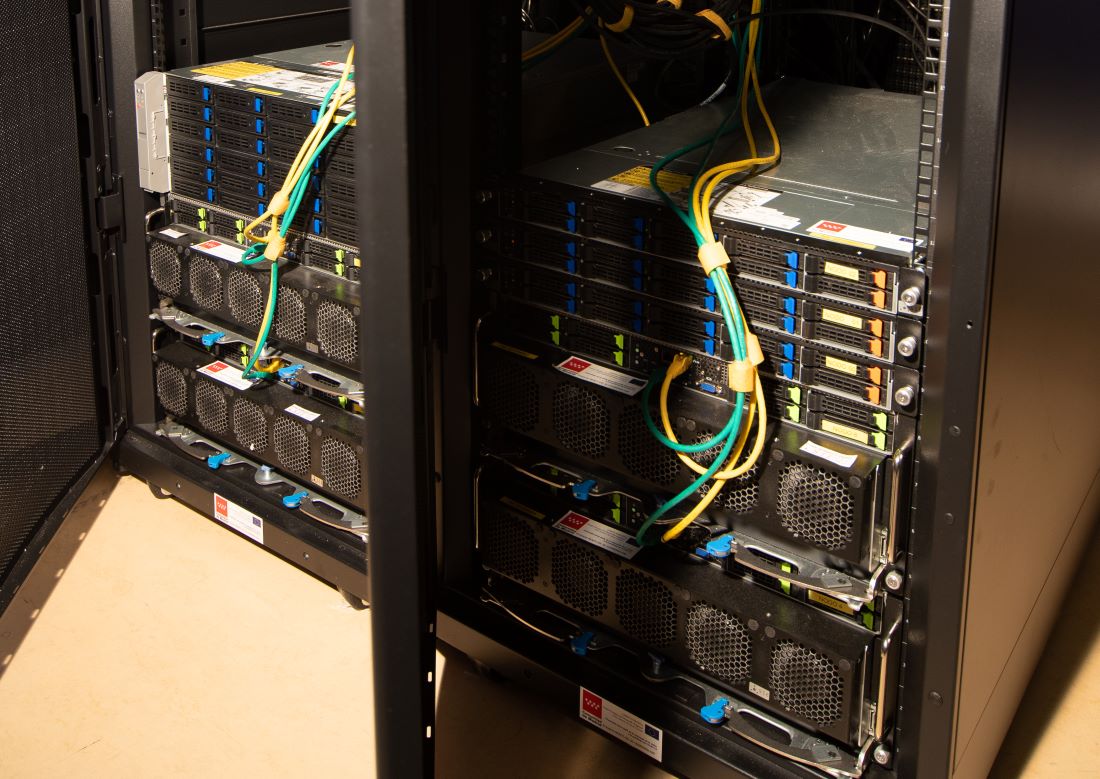Success-Case
Researching Cellular Aging Mechanisms at Rey Juan Carlos University
The speed, the precision, the vast amount of data need a computing cluster. Researchers Sergio Muñoz and Luis Bote at Rey Juan Carlos University worked with SIE and GIGABYTE to create a cluster composing of nodes: GPU, storage, compute, and head.
Sergio Muñoz discusses the research being done on the Talos cluster.
Talos Tackles Aging

Ph.D Sergio Muñoz (URJC) and SIE's Raúl Díaz
The Research Team and Institution
COVID: An Opportunity for Improvement
Future Focus

Talos Cluster at URJC
Technical Breakdown
True Spectacle
Get the inside scoop on the latest tech trends, subscribe today!
Get Updates
Get the inside scoop on the latest tech trends, subscribe today!
Get Updates















